General history of Buddhist schools according to the ‘Southern Buddhists’ of Theravada
Part 5
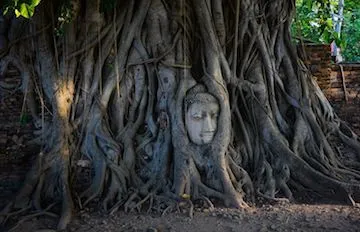
In the previous post, we looked at the general history and development of the early Buddhist schools according to Vasumitra; who was a 1st century A.D. teacher of the Sarvastivada school of Northern Buddhism in North-West India and Kashmir. Now, we will be looking at the general history and development of the early Buddhist schools according to the texts of the Theravada school of the ‘Southern Buddhists’ as it has been preserved in the Pali canon.
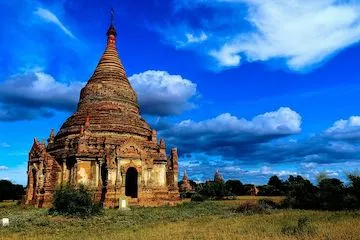
The Theravada accounts of the early Buddhist schools, as recorded in their tradition, can be found in the Dipavamsa (the chronicle of the island (Ceylon)), the Mahavamsa (the great chronicle), the Kathavatthu (the Points of controversy), and the Kathavatthu commentary (kathavatthuppakarana-atthakatha).
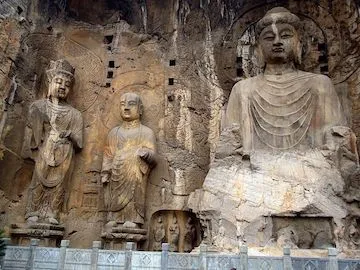
We will start with the Kathavatthu account, and follow the enumeration and division of schools as mentioned in this text and its commentary, as it the most complete and extensive. As you will see, it mentions twenty-seven branching schools, and not seventeen (plus Theravada as the root school, as part of the ’18 schools of early Buddhism’), as is so often thought of when discussing early Buddhist schools. Another advantage is that it has a very extensive two-hundred-plus-page commentary that provides even more details about the dealings of the ‘controversial’ points of view from the twenty-seven schools.
The root school — Theravada
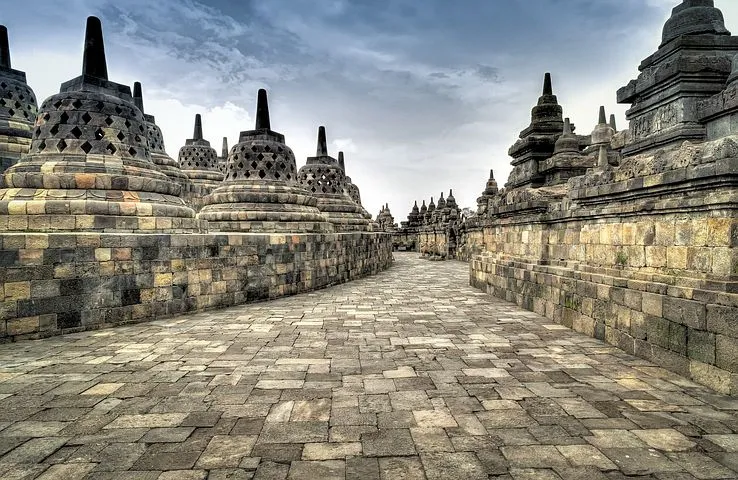
In the Theravada tradition, their school is considered the equivalent and direct lineage from the original Sthaviravada that existed at the time of the Buddha and that recited the teachings and the Vinaya at the First Buddhist Council. Therefore, if you consider a tree with its trunk and its branches, to this tradition, they are the root of the tree, and the other schools are its branches.
The dates given below, for the time of the origin of each school, are somewhat approximate than historically exact. Although there is archeological and textual evidence that prove the existence of these schools, there are no historical records that prove the exact date as to when these schools formed.
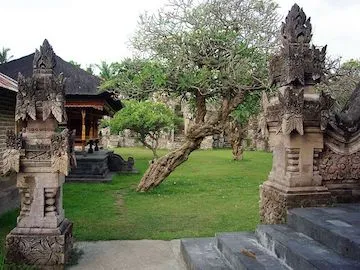
Unlike the sequence in which the Kathavatthu brings up the branching of the schools, I have put the branching in chronological order.
From the root Theravada branched off school No. 1. Vajjiputtakas (Vatsiputriya) around 400 B.C.
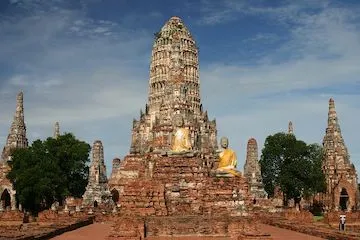
From school No. 1. Vajjiputtakas (Vatsiputriya) branched off the following schools:
From school No. 3. Gokulikas (Kaukkutika) branched off two schools:
From school No. 5. Bahulikas (Bahusrutiya) branched off school No. 6. Cetiyavadins (Caityasaila) around 100 B.C.
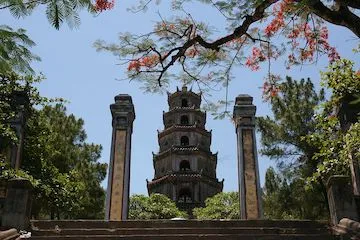
Branch 2 — The Mahasanghikas branch — closely linked to the Vajjiputtakas
From the root Theravada school branched off school No. 11 Mahasanghikas (Mahasamghika) around 400 B.C.
As can be seen from the branching off date of 400 B.C., it coincides with the date given for school No. 1 Vajjiputtakas (Vatsiputriya). These two names at this date are virtually synonymous with each other, as to whom they represent in 400 B.C. as a group. The Vajjiputtakas held their council after the traditional Second Council, and by the name, they became the Mahasamghika school. I have kept them separate by name as distinct ‘schools,’ as that is how they are being treated in the Kathavatthu. Interestingly, only two points of controversy are associated with the No. 1 Vajjiputtakas (Vatsiputriya), whereas sixteen points of controversy are associated with the Mahasamghika.
The Kathavatthu explains it as follows in its commentator’s introduction: “Refuted by those Elders who had performed this task, ten thousand of the Vajjiputtaka monks seeking adherents, and gaining but a weak following among themselves, formed the school called Mahasamghika.”
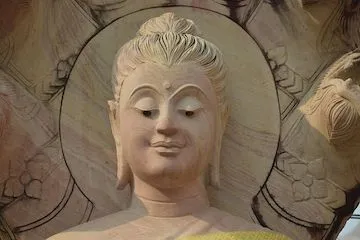
From the root Theravada school branched off school No. 12. Mahimsasakas (Mahisasaka) [early Mahimsasakas] around 375 B.C.
From school No. 12. Mahimsasakas (Mahisasaka) [early Mahimsasakas] branched off the following schools:
In total, including the root school, this makes the traditional eighteen schools of early Buddhism. The Kathavatthu concludes this in the following way:
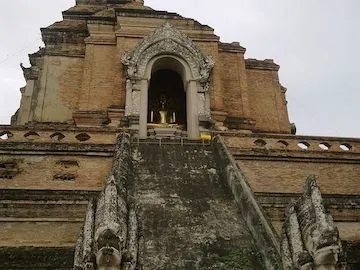
“Thus from the Theravada arose these eleven seceding bodies, making twelve in all. Moreover, thus these twelve, together with the six schools of the Mahasamghikas, constitute the eighteen schools which arose in the second century [after the Buddha’s Pari-Nirvana]. They are also known as the eighteen groups, and as the eighteen sects.”
The Kathavatthu mentions these schools by name but does not go into depth about them, except for No. 18 Hetuvadins, who have 7 points of controversy associated with them.
The later non-branched schools (190-250 A.D.) — 3 schools and 4 sub-schools
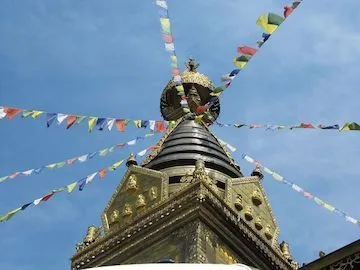
In my view, the name given to this ‘school’ was not how they would refer to themselves, but instead, it is a disparaging and defamatory term for a Mahayana school of thought, to deal with the points that they held. The fact that they are also being referred to as maha-sunnatavadins (the great emptiness school) is a good indicator that this is a Mahayana school. However, in the view of the Theravada, the maha-sunnata is not ‘great,’ it is deemed ‘wrong emptiness’ (ayoga-sunnata).
The term Vetulyaka in Pali or Vaitulika in Sanskrit means ‘the doctrine of the Magicians’, and this seems to refer to the doctrine of transcendental nature of the three bodies theory of the Buddha, as well as the doctrine of illusion (maya).
Another aspect to this, according to the Mahavamsa, is that this doctrine was associated with the Dhammarucikas, a heterodox school in Ceylon that branched off from the Theravada school. This school is not mentioned as Dhammarucikas in the Kathavatthu. Vetullavada is generally identified with Mahayana, and the canon of the Vetullavadins (Vetulla-Pitaka), is condemned as abuddhavacana [not the teachings of the Buddha].
Section 2 — The Dipavamsa account
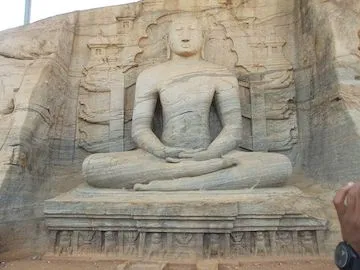
Chapter four of the Dipavamsa discusses the history of the Second Buddhist Council and mentions the Vajjiputtakas (Vatsiputriya) and their ten non-permissible rules, but does not mention them as Mahasamghikas immediately, but only later as the Mahasamgiti (the great council), and refers to the settled doctrine of ‘the great council’ as contrary to the Buddha’s teachings.
This text charges the Vajjiputtakas (Vatsiputriya) with the following (settling on a doctrine that was contrary to the true teachings of the Buddha):

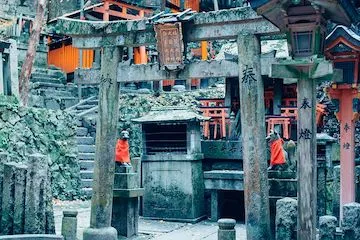
The sub-branches of the Vajjiputtakas / Mahasamghika are the same as given in the Kathavatthu, except for the following:
The rest of the account is the same for branch 3 schools and sub-schools.
Of the non-branched schools, the Dipavamsa does not mention the Hetuvadins (No. 18), Vajiriyas (No. 20), Uttarapathakas (No. 21), the name of the Andhakas (No. 22) [although it does mention the four sub-schools by name], and the Vetulyakas (No. 27).
Section 3 — The Mahavamsa account
Chapter three of the Mahavamsa discusses the First Council, chapter four of the Second Council, and chapter five the Third Council. There’s no mention of the Fourth Council, as the Theravada tradition does not acknowledge it as a valid one. Out of these three chapters, only the account on the Third Council gives us information about the schools.
The first difference in the account of the Mahavamsa, when compared to the Dipavamsa and Kathavatthu, is that it mentions the Mahasamghika as the first branch off, instead of the Vajjiputtakas (Vatsiputriya). It considers the latter to branch off later:

“And yet two more (groups) parted from the followers of the Thera-doctrine: the Mahimsasakas and the Vajjiputtakas.”
For the school No. 6. Cetiyavadins (Caityasaila), it agrees with the Kathavatthu that it branched off school No. 5. Bahulikas (Bahusrutiya).
The rest of the account about branch one and two schools and sub-schools is the same as given in the Kathavatthu and the Dipavamsa.
Of the non-branched schools, the Mahavamsa does not mention the Hetuvadins (No. 18), Uttarapathakas (No. 21), the name of the Andhakas (No. 22) [although it does mention the four sub-schools by name], and the Vetulyakas (No. 27). It calls school No. 23. Pubbaseliyas (Uttarasaila = Purvasaila) the ‘first Seliya,’ and school No. 24. Aparaseliyas (Aparasaila) the ‘other Seliya.’
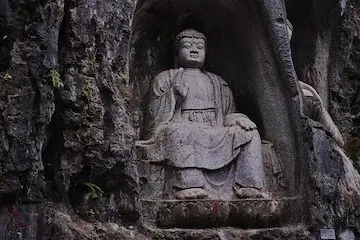
The second difference in the account of the Mahavamsa, when compared to the Dipavamsa and Kathavatthu, is that it mentions two schools from Ceylon that branched off the Theravada:
The account gives no further details on these two schools. For that, we will have to check the Nikaya Sangraha, a Sinhalese chronicle, in which it states that the Dhammarucika branched off the Theravada four hundred and fifty-four years after Buddha’s final-Nirvana. The Sagaliyas branched off the Dhammarucika seven hundred and ninety-five years after Buddha’s final-Nirvana.
The Nikaya Sangraha also gives an account of the origin of this school. A monk named Maha-Tissa was convicted of living in domestic intercourse and expelled by the Mahavihara monastery. He thereupon left with his followers and lived apart at Abhayagiri. They were strengthened by the arrival of some monks from South India, descendants of the Vajjiputtakas school. Their teacher was Dhammaruci, and when they joined the Abhayagiri monks, Maha-Tissa himself took the name of Dhammaruci and his followers became known as Dhammarucikas. The Sagalikas took their name from their leader, Sagala Thera.
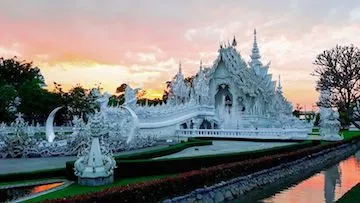
In the next article, the Buddhist schools at the time of the First ‘Maha-kasyapa’ Council at Rajagaha will be discussed.

- Introduction to the history of Buddhist Councils and Schools-Part 1
- The Buddhist Councils — Who, when, where, and why?Part 2
- The Buddhist Councils — Who, when, where, and why?Part 3
- The History Of ‘Northern Buddhists’ of Sarvastivada - Part 4
- The Ten Stages of the Mahayana Bodhisattva Path-The Two Preliminary Stages-Part 1
- The Ten Stages of the Mahayana Bodhisattva Path-The Two Preliminary Stages-Part 2
- The Ten Stages of the Mahayana Bodhisattva Path-The Two Preliminary Stages-Part 3
- The Ten Stages of the Mahayana Bodhisattva Path-The Two Preliminary Stages-Part 4
- The Ten Stages of the Mahayana Bodhisattva Path-The Two Preliminary Stages-Part 5
- The Ten Stages of the Mahayana Bodhisattva Path-The Two Preliminary Stages-Part 6
- The Ten Stages of the Mahayana Bodhisattva Path-The Two Preliminary Stages-Part 7
- The Ten Stages of the Mahayana Bodhisattva Path-The Two Preliminary Stages-Part 8
- The Ten Stages of the Mahayana Bodhisattva Path-The Two Preliminary Stages-Part 9
- The Ten Stages of the Mahayana Bodhisattva Path-The Two Preliminary Stages-Part 10
- The Ten Stages of the Mahayana Bodhisattva Path-The Two Preliminary Stages-Part 11
- The Deathless In Buddhism
- The "Timeless" Teaching-Being Beyond Temporality
- The Nine Successive Cessations In buddhist Meditations - Part 1
- The Nine Successive Cessations In buddhist Meditations - Part 2
- The Nine Successive Cessations In buddhist Meditations - Part 3
- The Twelve Links Of Dependent Origination
- THINGS to DEVELOP and THINGS to AVOID
- The First Noble Truth
- The Second Noble Truth
- The Third Noble Truth
- The Fourth Noble Truth
- 10 Fold Path Series
- EATING MEAT — WHY THE BUDDHA WAS NOT A VEGETARIAN
I will flag comment spam at 1% strength. If you keep on spamming my post, I will flag you at 100%. I don't care if you have limited English abilities, write a couple of sentences about this article, no copy-paste, please. I will flag: one sentence comments, links to your blog and begging for up-votes and follows. Also, I will flag comments that have nothing to do with my blog's article. I will also check your comment section to see if you have been comment spamming on other blogs.


 A link to My Blog
A link to My Blog